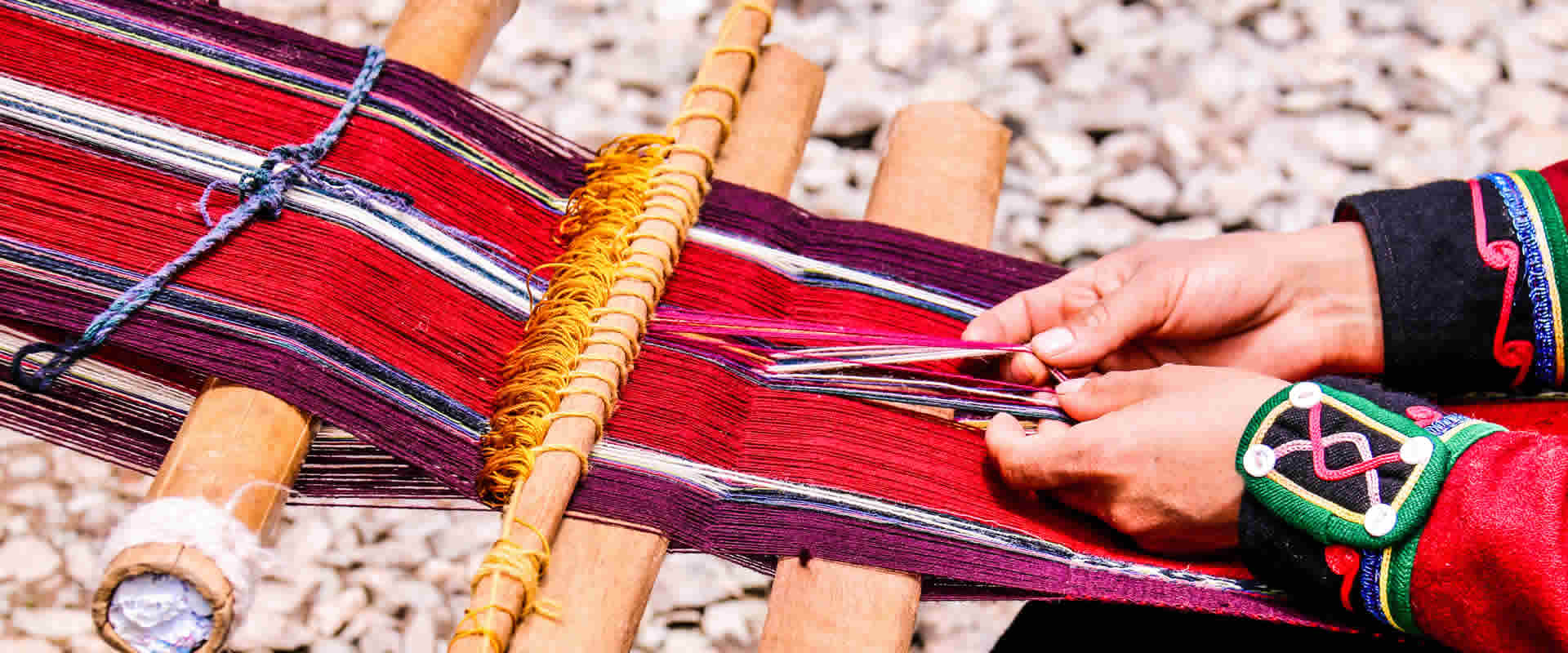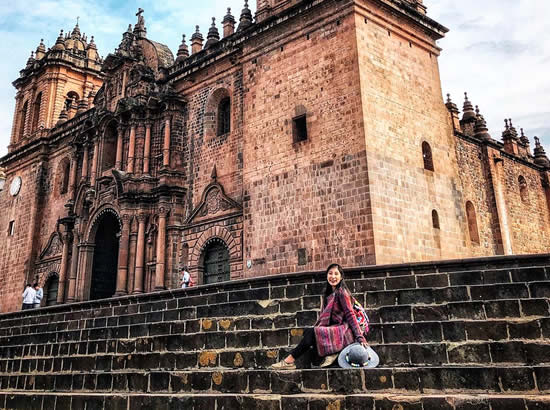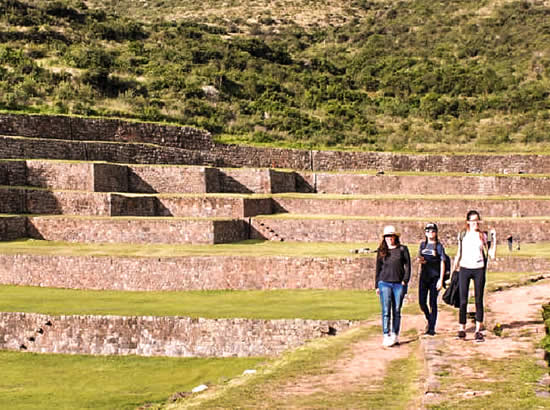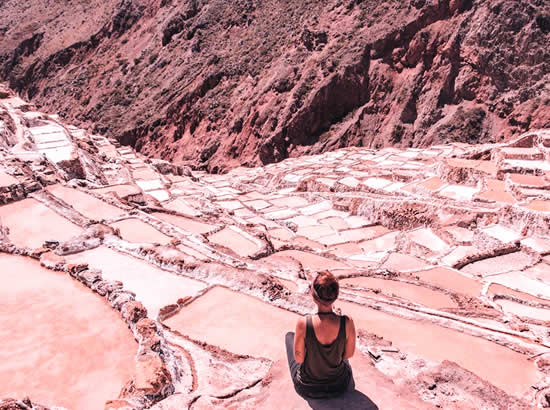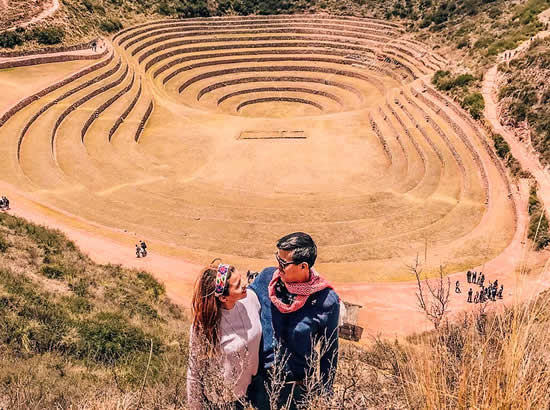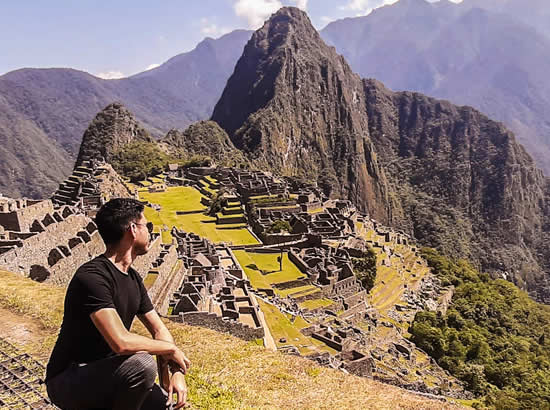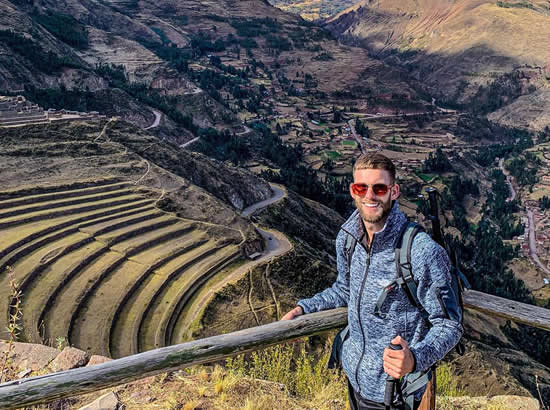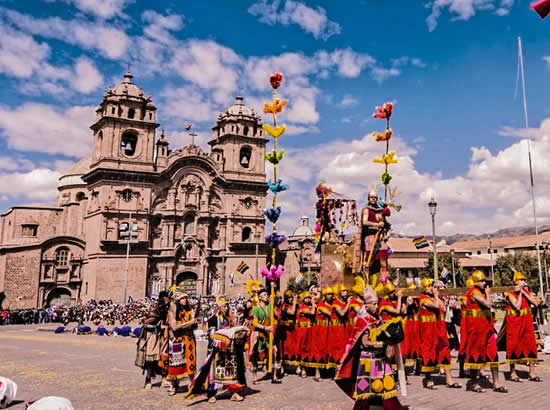This tour is the main tourist attraction of the Cusco region due to its impressive landscapes, grand mountains, pleasant climate, fertile land with abundant water, and its megalithic cultural evidence. Among the main places to visit are: Pisaq with its colorful markets; Calca with its thermal waters; Yucay with its Incan palace; Ollantaytambo with its majestic monument; Chinchero with its handicraft market where trading is still practiced and inherited from our ancestors. The Sacred Valley of the Incas is combined of relaxed and incomparably beautiful sets of small villages and ancient archaeological sites that stretch across broad plains and steep mountains to the northwest of the city. The Sacred Valley of the Incas is one of the valleys in the Andes of Peru capital of the Inca Empire that is fed by numerous rivers that descend through adjacent valleys and gorges, and contains numerous archaeological remains and villages.
The valley was valued by the Incas because of its special geographic and climatic qualities. It was one of the main places of the empire for the extraction of natural treasure and the best place for the production of corn in Peru. The Incas believed not only that the flow of the Urubamba River was inexorably tied to the constellations and peaks of the mountains, but also that the river was the terrestrial counterpart of the Milky Way with the river as a source. The fertile valley was an important center of agricultural production for the Incas who cultivated Andean crops such as white corn, coca, potatoes and other fruit and vegetables in extensive fields and along spectacular terraces. Even though the villages of the Sacred Valley (which stretches approximately 100 km/62 miles from Pisac to Ollantaytambo) has highlights of many tourist itineraries and is coveted by hotel developers, it is still very traditional.
In addition to having an unparalleled historical richness – expressed in a multitude of archaeological remains and colonial monuments scattered throughout the valley, the Urubamba region offers infinite possibilities of activities to the tourist with its natural beauty and also adventurous sports: hiking, thermal baths, trips in rafts or kayaks along the river, horseback riding, mountaineering, etc. In the last years participatory tourism programs have been developed, for example, inviting the traveler to work on a terrace or to collect the salt from the salinera. Although the tourist infrastructure in the area has grown significantly in recent years, and today there are great offers of accommodation and restaurants, the valley has preserved its charming natural peace.

